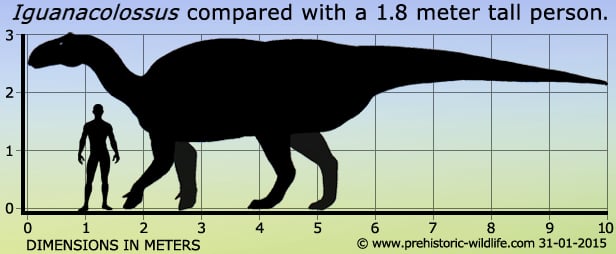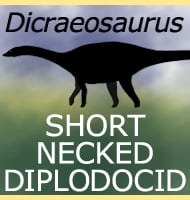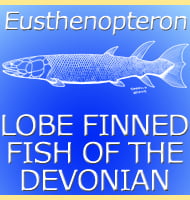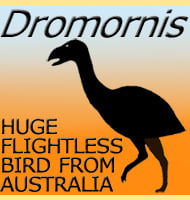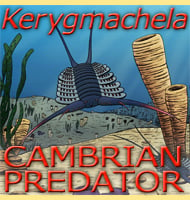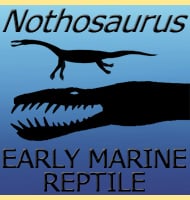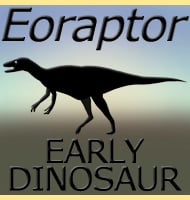In Depth
Iguanacolossus acquired its name from its similarity to another dinosaur named Iguanodon. Although Iguanacolossus might not actually have been any bigger than the largest examples of Iguanodon, it might still have been the largest ornithopod plant eating dinosaur alive in North America at this stage of the Cretaceous, with the only plant eaters larger than this being the sauropods.
Further Reading
New Basal Iguanodonts from the Cedar Mountain Formation of Utah and the Evolution of Thumb-Spiked Dinosaurs – PLoS One 5(11):e14075:1-35 – A. T. McDonald, J. I. Kirkland, D. D. DeBlieux, S. K. Madsen, J. Cavin, A. R. C. Milner & L. Panzarin – 2010.
